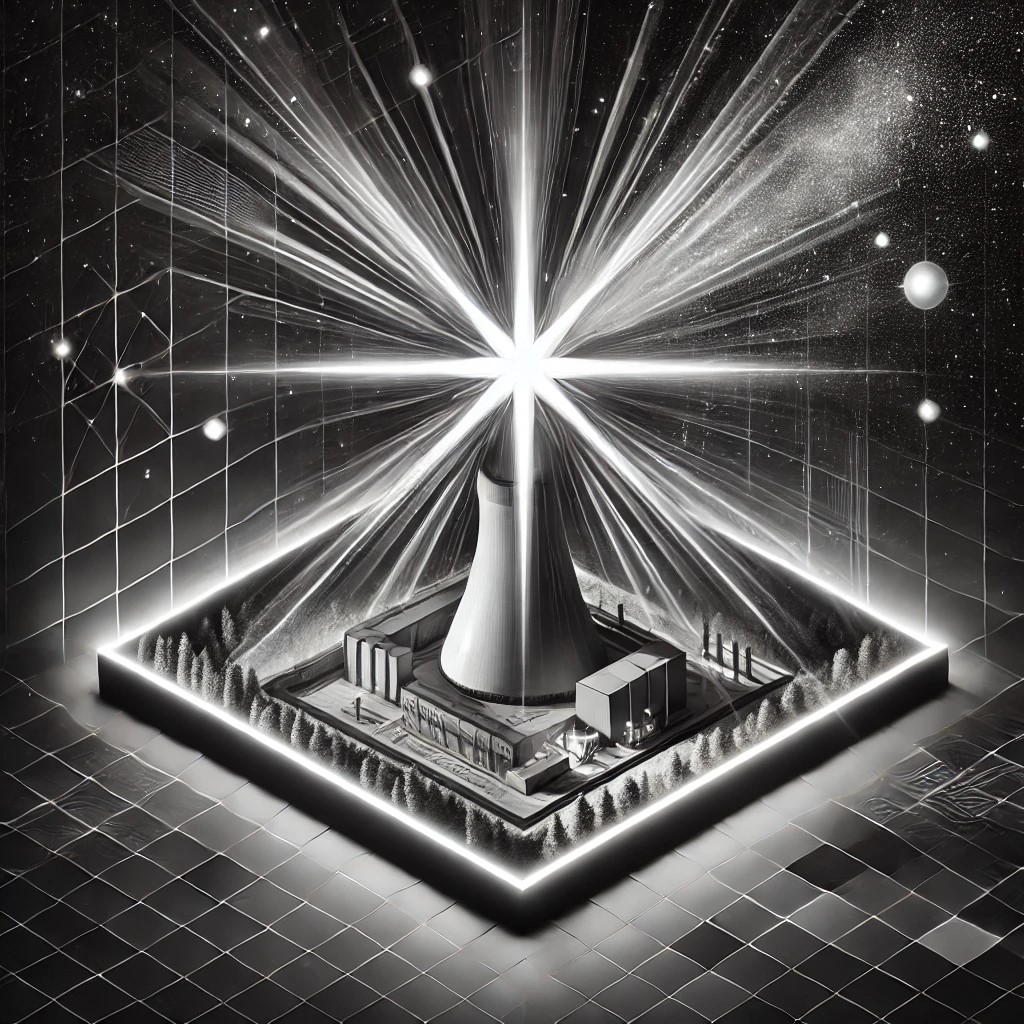
by Bob Mumgaard
September 2021: Our group watched the screen with anticipation as our fusion magnet technology raced toward the 20 Tesla milestone. We knew that the success of that breakthrough magnet would be a major step forward for us toward bringing magnetic confinement fusion to the market. It would be the realization of decades of work, spent believing that harnessing fusion energy means producing clean, safe, and essentially limitless energy for the world, and that it plays an important role in the energy transition. Our HTS magnet technology achieved its goal, marking a turning point for commercial fusion energy.
Fusion in history
Fusion was first discovered in the 1920s as scientists worked to figure out how stars were powered. Eventually, they learned that stars power themselves through fusion: Hydrogen atoms fuse together to form helium, releasing enormous amounts of energy in the process. It’s the opposite of fission, commonly known as “nuclear power,” a process that uses neutrons to split heavier, unstable elements like uranium or plutonium to generate energy. In our universe, everything was created by stars. They are the greatest source of energy in existence. In the decades since that discovery, scientists have continued to develop and improve machines to recreate the conditions of that fusion process so we can replicate it here on Earth.
Fusion has been studied for many decades around the world, mostly in academic or research settings. The largest fusion research project, called “ITER,” is a collaborative effort funded by major world governments. Its scientific mission is to obtain net energy and ultimately a burning (self-heating) plasma using magnets to limit the fusion process. The ITER project is a multinational statement of the belief that the world should pursue the study of fusion as a global energy source. In parallel, over 35 private companies have emerged with different approaches to the development of commercial fusion power.
Essentially, commercial fusion power is a new type of power generation technology that uses tiny amounts of hydrogen isotopes (deuterium and tritium) as fuel and is inherently safe on paper, with no risk of proliferation, fusion, or high-level, long-lived waste. Fusion provides a baseload of high-quality heat, with an energy density 200 million times higher than hydrocarbons. It is programmable (meaning we can start or stop the process on command), rapidly scalable, and can be built in any geographic area. Additionally, the heat produced could be useful for industrial processes.
High-temperature superconductors
The Massachusetts Institute of Technology (MIT) has been a leading institution in the study of fusion for decades. More specifically, MIT’s Plasma Science and Fusion Center has long been studying how to use powerful magnets to confine plasma and generate practical fusion power. The other co-founders of Commonwealth Fusion Systems (CFS) and I were at MIT when a new material called a “high-temperature superconductor” (HTS) came onto the market. We believed we could use HTS to build magnets that could produce much higher magnetic fields than previous technologies could. The intent was to apply these magnets to a “tokamak,” the highest-performing and most studied type of fusion machine that uses a magnetic field to confine a plasma in which fusion occurs. In the past, with older magnetic technologies, tokamaks had to be very large to get net energy and ultimately be used in a power plant, which meant high costs and long construction times, which were unreasonable for bringing fusion energy to the market. Our idea was that by using HTS magnets, we could build smaller, faster, and cheaper tokamaks, allowing for the first time ever to get net energy from fusion that is also commercially viable.
Eni placed its trust in CFS and in our plan to deliver commercial fusion energy, as well as in the commitment to reflect on the future of energy and what it required from a climate perspective. The company took a strong commitment to CFS both through an early and significant financial investment and by providing invaluable industrial resources and know-how. Through the MIT Plasma Science and Fusion Center, it created the new “Laboratory for Innovation in Fusion Technologies” (LIFT) program, aimed at investing in new fusion research projects to support commercialization efforts. It then participated in the ENEA DTT (Divertor Tokamak Test facility) project and contributed to the creation of a joint fusion research center that represents the hub of a scientific network with leading Italian universities.
With the processing power of its HPC5 (High Performance Computing 5), one of the world’s most powerful and efficient industrial supercomputers, Eni is also able to support CFS to speed up plasma behavior and control simulations and facilitate engineering design.
Towards net power production
Following the successful demonstration of our fusion magnet technology, CFS has taken a major step towards commercially significant net power with our “SPARC,” a tokamak using HTS magnets. Currently under construction at our new commercial fusion campus in Devens, Massachusetts, it will be the world’s first commercially significant net power fusion machine. SPARC is on track to become operational and achieve its goals by 2025. It will pave the way for our first commercial fusion power plant, called ARC, which aims to generate electricity by the early 2030s.
Source: WE
















